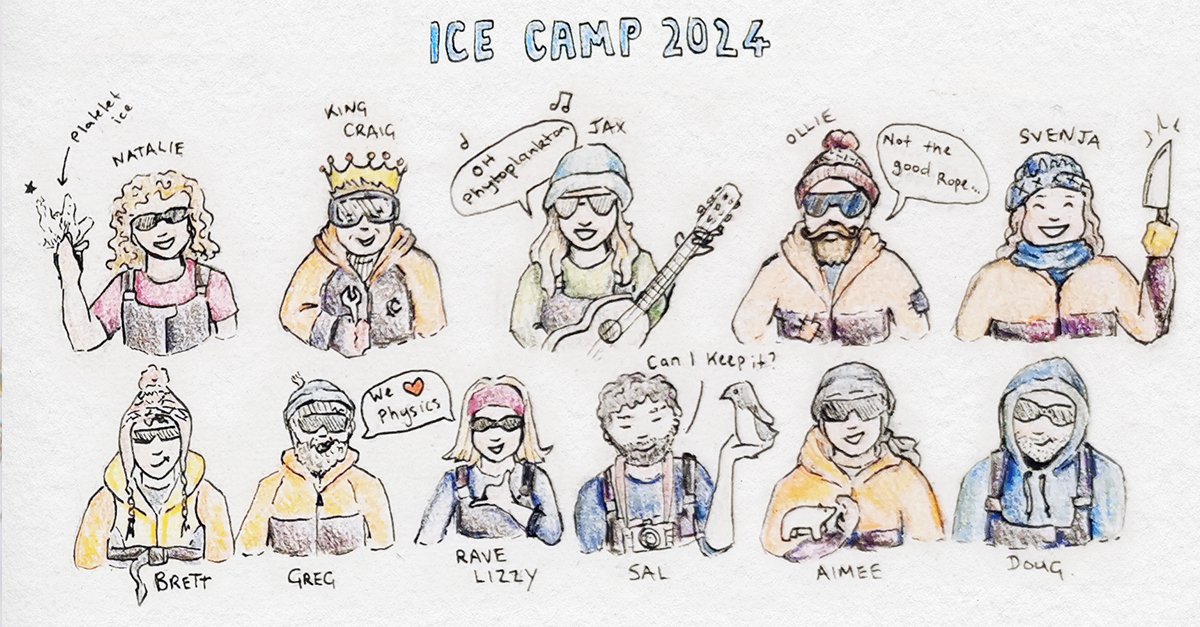
Shedding Light on Antarctic Microalgae Species: How might they cope in a brighter future?
Antarctica’s sea ice might look barren from above, but beneath its frozen surface lies a hidden world where many microalgae species thrive. These tiny organisms are the unsung heroes of the polar food web, supporting everything from krill to whales. But as sea ice thins and snow cover changes, the amount of light reaching these microalgae is changing—dramatically.

Under the Ice: Exploring the Secrets of Platelet ice in McMurdo Sound, Antarctica.
Imagine a world where the sun stops setting, the ice stretches endlessly, and beneath it, life thrives in unexpected ways. This was the backdrop for our 2024 Antarctic science field season - a journey into one of Earth's most extreme and awe-inspiring ecosystems.

Not So Toxic: Antarctic Pseudo-nitzschia Isolates Give Domoic Acid the Cold Shoulder.
When you think of harmful algal species, the icy waters of McMurdo Sound in Antarctica may not immediately come to mind. Yet, even in these icy waters, microscopic players like Pseudo-nitzschia—a genus of diatoms—are part of the story.

A Gene-ius Showdown: Comparing Two Gene Regions to Study Coastal Microalgae Communities
Microalgae play a vital role in maintaining the health of our oceans but due to their size it can be challenging to look at microalgae diversity and community composition. These microalgae come in many shapes and sizes and play different roles in the environment. So, how do we uncover the secrets of these micro-organisms and their communities? Through their DNA!
